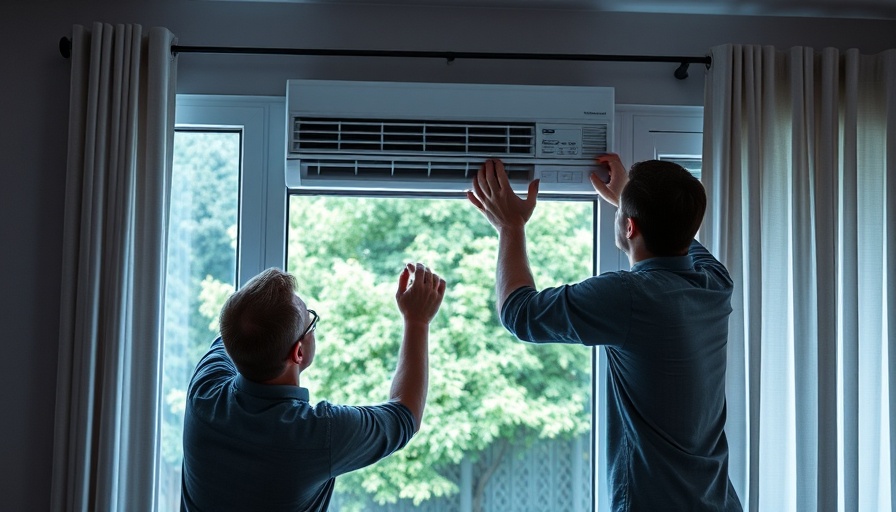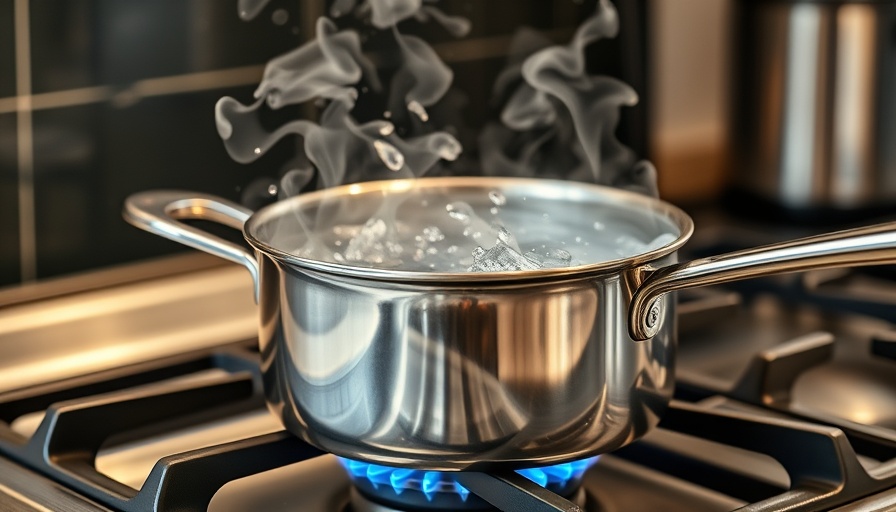
Master the Heat: Essential Tips for Installing Window Air Conditioning Units
As summer temperatures rise, ensuring our homes remain cool and comfortable becomes a priority. For many homeowners, window air conditioning units provide a cost-effective and efficient solution. However, improper installation can lead to inefficiencies or even damage. Below, we explore essential tips for installing a window air conditioning unit, combining insights from multiple expert sources to ensure your setup is seamless.
Understanding the Basics: What You Need to Know
Before diving into the details of installation, it’s crucial to familiarize yourself with some foundational elements. First, choose a window that can accommodate the air conditioner properly. Most units are designed for standard double-hung windows, making them easier to install and more effective in cooling the desired space. Assess your window type—whether double-hung, sliding, or casement—as this will dictate the specific unit you purchase.
Additionally, it's vital to ensure that your chosen window is near a three-prong outlet and has sufficient clearance for airflow. Experts emphasize the importance of having no obstructions—like furniture or shrubs—within 20 inches around the AC unit to prevent airflow issues and maximize efficiency.
Choosing the Right Size and BTU Rating
One of the most common mistakes homeowners make is selecting the wrong size air conditioning unit. An oversized unit can cool a room too quickly, failing to dehumidify effectively, whereas an undersized unit will overwork itself. To determine the appropriate British thermal unit (BTU) rating, calculate the square footage of the room. General guidelines suggest:
- 150 to 350 sq. ft.: 5,000 to 8,000 BTU
- 350 to 550 sq. ft.: 8,000 to 12,000 BTU
- 550 to 1,050 sq. ft.: 12,000 to 18,500 BTU
- 1,050 to 1,600 sq. ft.: 18,500 to 25,000 BTU
Take into account factors like sun exposure and room insulation as well, as these can impact how effectively the AC unit operates.
Preparation: Gather Tools and Materials
Once you have the suitable window and air conditioning unit, it’s time to gather the necessary tools. Typically, you’ll need:
- Drill and screws for installation
- Screwdrivers (flathead and Phillips)
- A level to ensure proper installation
- Tape measure for accuracy
- Weatherstripping for insulation
Having a helper can facilitate the process, especially since window AC units are often heavier than they seem. An extra set of hands will help you position the unit securely and prevent accidents.
Step-by-Step Installation: Get It Right the First Time
Here’s a concise step-by-step guide to properly install your window AC unit:
- Prepare the Window: Clean the window frame thoroughly and remove any storm windows or screens that could obstruct installation.
- Position the Unit: With your assistant, lift the AC unit and place it in the window, ensuring it is balanced and secure.
- Screw into Place: Fix the unit by screwing it into the window sash to prevent it from falling out and to ensure security.
- Seal Around the Unit: Use foam insulation or weatherstripping to minimize gaps that could let warm air enter.
- Check Stability: After installation, inspect to ensure it’s level and firmly positioned before plugging it in.
Following these steps will provide you with not just cool air but peace of mind.
Maintenance Matters: Keeping Your AC Functional
Once installed, maintaining your new window AC unit is essential for its efficiency and longevity. Simple steps include:
- Cleaning the air filter every 30-90 days to ensure optimal airflow.
- Inspecting outer coils to remove dirt and debris that can hinder performance.
- Checking weatherstripping periodically for wear and tear, and replacing as necessary.
Regular maintenance can prevent breakdowns, extend the lifespan of your unit, and reduce energy costs.
FAQs: Addressing Common Concerns
Before wrapping up, let's address some frequently asked questions about window AC installation:
- Can I install a window A/C unit myself? Yes, but having a helper is recommended to ensure safety and efficiency.
- What if my window won’t accommodate my A/C unit? You may need a special unit designed for your specific window type.
- How can I prevent my air conditioner from falling out? Ensure you secure the unit with screws and, if necessary, installation brackets.
These insights can alleviate installation concerns and guide you through a successful project.
As homeowners increasingly turn to window air conditioning for summer relief, understanding the nuances of installation and maintenance is crucial. By following these best practices and employing careful planning, you can create a cooling oasis within your space.
If you found these tips helpful and are ready to tackle the installation, consider reaching out to your local home service professionals for assistance or further guidance. Enjoy a cool, comfortable summer!
 Add Row
Add Row  Add
Add 




Write A Comment